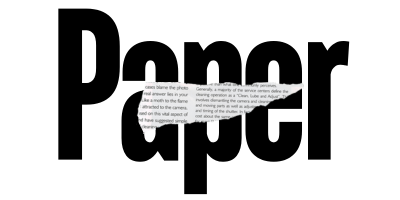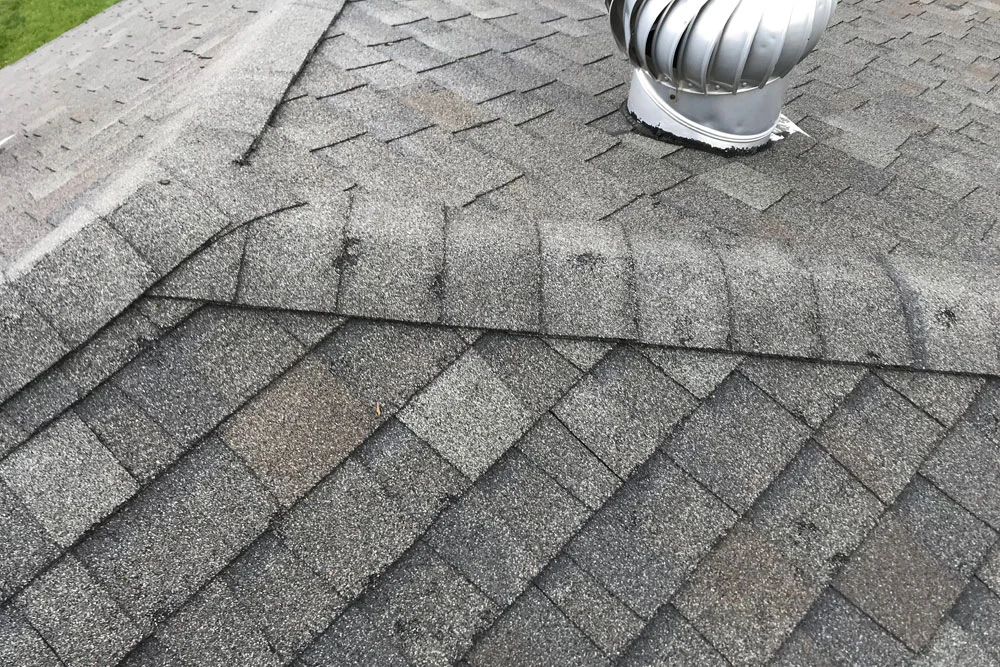When storm clouds gather and hail begins to fall, your roof becomes the frontline defender of your home. But what happens when that defense is compromised? Hail damage to shingles is a common issue that can lead to big problems if not addressed properly.
In this blog post, we’ll explore how to identify hail damage, assess whether to repair or replace your shingles and offer tips for protecting your roof in the future. Whether you’re a homeowner or just curious about how roofing works, this guide will give you all the information you need!
What Causes Hail Damage to Shingles?
Hailstones are essentially balls of ice that form during storms and can vary in size from small pebbles to large golf balls. When these stones hit your roof, they can cause significant damage. The impact of hailstones can break or loosen the granules on shingles, create cracks, and even cause the shingles to break off entirely.
Identifying Hail Damage
Knowing what hail damage looks like is the first step in addressing the problem. Hail damage often appears as dents or dings on the surface of your shingles. You might also notice missing granules, which are the small, sand-like particles that cover shingles.
These granules protect your roof from sun damage and provide waterproofing, so their loss can be a big problem. Another telltale sign is cracks or splits in the shingles, which can allow water to seep into your home.
The Consequences of Ignoring Hail Damage
Ignoring hail damage can lead to more severe issues down the line. Water can seep through cracks and cause leaks inside your home. This can lead to mold growth, which is a health hazard, and structural damage, which can be very expensive to repair.
Should You Repair or Replace Your Shingles?
When it comes to hail damage, one of the biggest questions homeowners face is whether to roof repair or replace their shingles. The answer depends on the extent of the damage. Minor damage, like a few missing granules or small cracks, can usually be repaired.
However, if the damage is extensive or if the shingles are old, it might be more cost-effective to replace the entire roof. Consulting a professional roofer can help you make the best decision.
The Cost of Repairs vs. Replacement
Cost is always a factor when deciding between repairs and replacement. Repairing hail damage is generally less expensive, but if the damage is widespread, the costs can add up quickly.
Replacing the entire roof is a bigger upfront expense but can save you money in the long run by preventing further damage and extending the life of your roof.
How to Choose a Roofing Contractor
Choosing the right contractor is crucial for ensuring your roof is properly repaired or replaced. Look for contractors who are licensed and insured, and check their references. Reading online reviews can also give you a sense of their reputation.
Don’t be afraid to ask questions about their experience with hail damage and the materials they recommend. A good contractor will be happy to answer your questions and provide a detailed estimate.
Insurance and Hail Damage
Homeowners insurance often covers hail damage, but it’s important to read your policy carefully. Some policies have specific coverage limits or require a separate deductible for hail damage.
Documenting the damage with photos and keeping records of any repairs or estimates can help when filing a claim. If you’re unsure about your coverage, contact your insurance agent for clarification.
Preventing Future Hail Damage
While you can’t control the weather, there are steps you can take to minimize the risk of hail damage to your roof. Installing impact-resistant shingles is one of the best ways to protect your roof.
These shingles are designed to withstand hail impacts and can significantly reduce the likelihood of damage. Regular roof inspections and maintenance can also help catch minor issues before they become major problems.
The Role of Regular Roof Inspections
Regular roof inspections are key to maintaining the health of your roof. Experts recommend inspecting your roof at least twice a year, in the spring and fall. Look for signs of wear and tear, such as missing or damaged shingles, and check for any debris that could cause damage.
Hiring a professional for an annual inspection can also provide peace of mind and catch issues you might miss. If you’re in need of hail repair in Overland Park, it’s crucial to select a roofing contractor who has extensive experience with storm damage to ensure quality repairs.
DIY Roof Inspection Tips
If you prefer to inspect your roof yourself, there are a few things to keep in mind. Always use a sturdy ladder and have someone spot you for safety. Look for visible signs of damage, such as dents or missing granules.
Check the gutters for granules, which can indicate shingle damage. If you notice any issues, it’s best to consult a professional for a more thorough inspection.
The Benefits of Impact-Resistant Shingles
Impact-resistant shingles are designed to withstand harsh weather conditions, including hail. These shingles are made from durable materials that can absorb impact without cracking or breaking. While they may be more expensive than standard shingles, the investment can pay off in the long run by reducing the need for frequent repairs and extending the life of your roof.
How Weather Conditions Affect Your Roof
Weather conditions play a significant role in the health of your roof. Hail, heavy rain, snow, and extreme temperatures can all cause damage over time. Understanding how different weather conditions affect your roof can help you take preventive measures.
For example, ensuring proper attic ventilation can prevent ice dams in winter, and trimming overhanging branches can reduce the risk of damage from falling limbs during storms.
The Importance of Proper Attic Ventilation
Proper attic ventilation is crucial for maintaining the health of your roof. Good ventilation helps regulate temperature and moisture levels, preventing issues like ice dams and mold growth.
Make sure your attic has adequate vents and that they are not blocked by insulation or other materials. Regularly checking and maintaining your attic ventilation can help extend the life of your roof.
Understanding the Hail Damage to Shingles
Hail damage to shingles is a serious issue that requires prompt attention. By understanding how to identify damage, knowing when to roof damage repair or replace your shingles, and taking preventive measures, you can protect your roof and your home. Regular inspections and maintenance are key to keeping your roof in good condition and extending its lifespan.
For more tips, check out the rest of our site.











